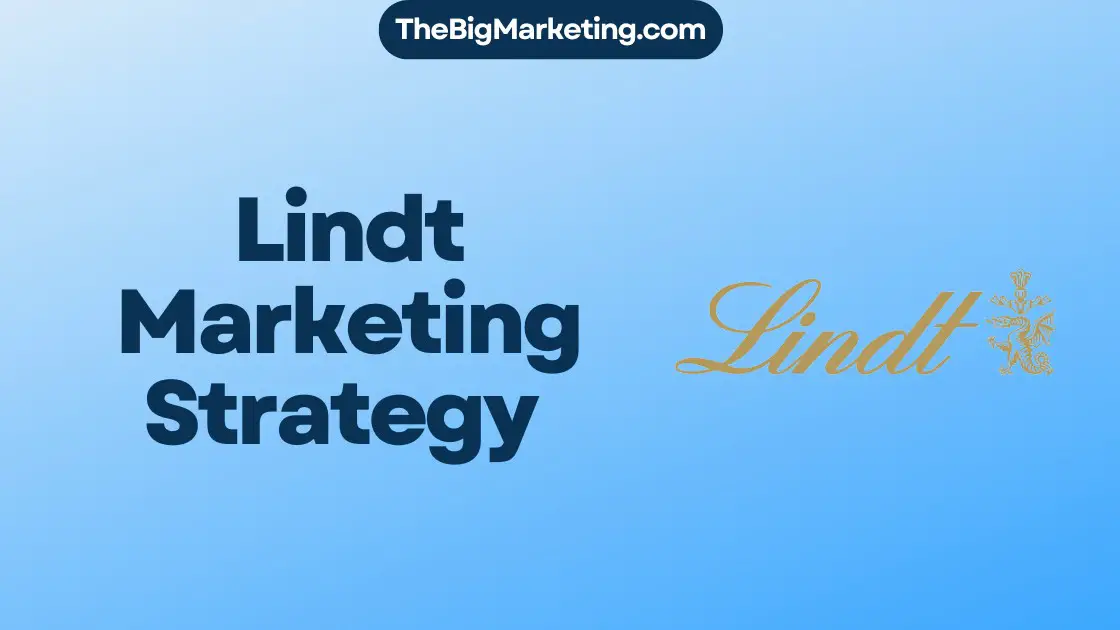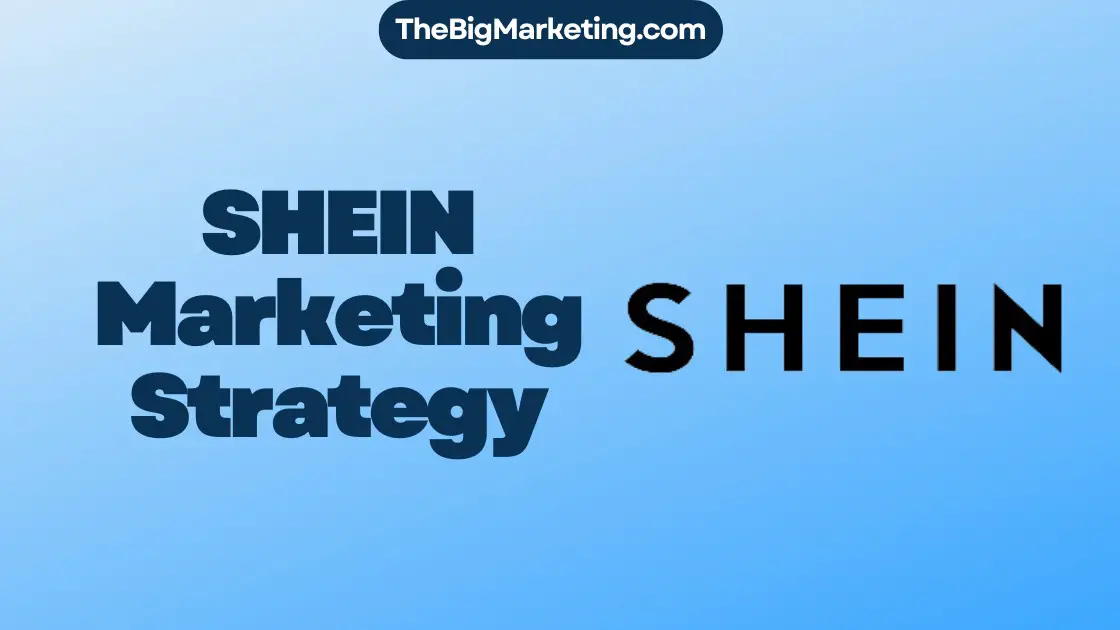Closed-loop marketing is a way to use data and analytics to make marketing better. It tracks the customer’s journey from first interest to sale. This lets companies improve their ROI, bring sales and marketing together, and get better results.
In the digital world, people get lots of marketing messages. Closed-loop marketing helps to stand out by offering personalized experiences. It uses tools like marketing automation and inbound marketing. This way, businesses learn more about their audience and make their campaigns fit better.
Improving conversions is key in closed-loop marketing. By looking at customer journey data, companies can see where to get better. This helps them make smart decisions on where to spend efforts.
Also, closed-loop marketing helps sales and marketing teams work better together. They share insights and plan campaigns jointly. This leads to more efficiency and improved customer experiences.
Key Takeaways:
- Closed-loop marketing utilizes data and analytics to optimize marketing efforts.
- It involves tracking the customer journey, analyzing data, and making informed decisions.
- Marketing automation, inbound marketing, and lead nurturing are essential components.
- Conversion optimization helps improve campaign effectiveness and drive conversions.
- Sales and marketing alignment is crucial for efficient collaboration and enhanced customer experiences.
The 4 Steps of Closed-Loop Marketing
Closed-loop marketing is a powerful approach that helps businesses refine their marketing tactics and boost conversions. It consists of four main steps. By adopting this approach, companies can gather critical data, assess the impact of their marketing actions, and improve their strategies.
- Lead Capture Form: It’s vital to use a lead capture form to gather important customer info. This form helps businesses get details like names, email addresses, and preferences. That way, they can create more personalized marketing messages.
- Data Tracking: Observing how customers interact across different marketing platforms is key. With the right analytics tools, companies can watch and understand customer actions. This helps in uncovering what customers like and how campaigns are performing.
- Customer Conversion: Turning leads into paying customers is the next important step. By applying what’s learned from gathered and analyzed data, companies can improve their marketing. This increases chances that leads will become customers.
- Marketing Analytics: The final step involves looking at how well marketing campaigns are doing. By using analytics tools, businesses can figure out the success of their strategies. They can see what needs to change and make smarter marketing decisions.
By implementing these four steps, businesses get to use the full potential of closed-loop marketing. They can closely monitor and understand their data. This leads to better customer conversion rates and elevates their marketing game.
The Tools Required for Closed-Loop Marketing
To do closed-loop marketing right, you need the right tools. These tools help manage and analyze data effectively. They’re key to tracking how customers interact, making marketing better, and keeping sales and marketing teams working together. Let’s look at the essential tools for closed-loop marketing:
1. CRM System
A CRM system is at the heart of closed-loop marketing. It keeps all customer information in one place and tracks all interactions, from the first contact to buying. With a CRM, marketers can divide their audience into groups, follow the customer journey, and customize marketing messages based on what customers like and do.
2. Marketing Software
Marketing software gives you the features you need for closed-loop marketing, like automation and analysis. It helps marketers make and run tailored campaigns, keep track of leads, and see how campaigns are doing. With this software, it’s easier to gather customer information, nurture leads, and make marketing better for the best results.
3. Data Management Tools
Data management tools are vital for getting and using data the right way. They help businesses collect, sort, and clean their data to trust their insights. Using these tools, marketers can fully understand how customers behave, spot trends, and make choices based on data to boost marketing plans and grow the business.
With a CRM system, marketing software, and data management tools, businesses can do closed-loop marketing right. These tools make it possible to gather, analyze, and use data to improve marketing, making customer experiences better and achieving clear outcomes.
What is Closed-Loop Marketing?
Closed-loop marketing is a strategy guided by data to enhance ROI and boost sales. It tracks and examines customer actions and campaign success. This method helps businesses focus on their audience, use resources well, and grow.
This approach relies on data insights to make marketing more effective and improve ROI. It involves monitoring and tweaking marketing efforts based on their success. By using data and customer information, companies can fine-tune their approach for better sales.
The key components of closed-loop marketing are:
- Data-driven marketing analysis
- Continuous monitoring and evaluation of campaign performance
- ROI optimization through data-driven decisions
- Alignment of marketing efforts with sales outcomes
To use closed-loop marketing, you need to understand customer behavior well and handle marketing data smartly. This method offers deep insights about target customers. It helps optimize campaigns and achieve sales goals.
How Does Closed-Loop Marketing Work?
Closed-loop marketing uses data to follow and study customer activities from first contact to final sale. By evaluating info from different channels, marketers can refine their tactics. This method offers deep insights for improving marketing strategies.
1. Customer Journey Tracking
It starts with mapping the customer journey. Data is collected at each step, from web visits to social media. This helps marketers see how customers progress and what influences them most.
2. Data Analysis
After tracking, it’s time to look at the data. Marketers study customer patterns and trends to better understand their audience. This analysis informs smarter marketing choices, tailored to what customers like.
3. Campaign Optimization
With these insights, marketing campaigns can be fine-tuned. Marketers adjust their methods to connect better with their audience. They may change how they target customers or tweak their messages for enhanced engagement.
4. Continuous Improvement
Closed-loop marketing is all about making constant enhancements. It requires ongoing assessment to ensure tactics stay effective. This approach helps align marketing with customer preferences, boosting success and ROI.
Through tracking, analysis, optimization, and improvement, closed-loop marketing empowers businesses. Marketers make informed decisions to achieve better results. This strategy is key for growing and refining marketing impact.
The Benefits of Closed-Loop Marketing
Let’s dive into the advantages of closed-loop marketing for businesses. This strategy can make a big difference in a company’s growth and success.
1. Increased ROI
Closed-loop marketing helps businesses track the entire customer journey from start to finish. Companies learn which marketing moves bring in the most money. They can then use their budget more wisely.
Knowing what works best helps businesses get more value from their marketing. They get a bigger bang for their buck.
2. Enhanced Sales and Marketing Alignment
This approach brings sales and marketing teams closer together. They share info to better understand what customers like and need. This teamwork leads to messages that hit the mark, more leads, and eventually, more sales.
3. Effective Lead Management
With closed-loop marketing, companies can keep a close eye on leads from start to finish. They figure out which leads are worth more focus. Then, they guide these leads through to becoming happy customers.
This method makes sure no good lead goes unnoticed. It keeps top leads in the spotlight.
4. Enhanced Customer Experience
Businesses learn what customers truly want through closed-loop marketing. That lets companies tailor their marketing just right. They make every step of the customer’s journey feel special.
This approach builds strong bonds and makes customers happier. Happier customers mean more sales over time.
5. Continuous Improvement and Optimization
Businesses can always get better with closed-loop marketing. They look at data, spot trends, and see where they can do better. This makes their marketing smarter over time.
To sum up, closed-loop marketing leads to better use of money, teamwork, lead handling, customer service, and ongoing improvement. By using this smart approach, companies can perform better than ever in the competitive market.
What are the Tools Needed for Closed-Loop Marketing?
To successfully do closed-loop marketing, you need the right tools. These will help you track, study, and better your marketing work. Here are the must-have tools for closed-loop marketing:
1. CRM System
A CRM system helps manage your customer relationships. It keeps track of customer info, checks how they interact with your campaigns, and learns what they like and do.
2. Marketing Software
This type of software helps you start, follow, and evaluate your marketing campaigns. It has tools for email marketing, handling social media, getting leads, and analyzing campaigns. With marketing software, you can make your marketing work better and do more with less effort.
3. Data Management Tools
When marketing, you create a lot of data. You need data management tools to handle, organize, and look closely at this data. These tools help you make choices based on data. They let you see trends, find new chances, and keep making your marketing better.
Using a CRM system, marketing software, and data tools makes closed-loop marketing work well. These tools help you follow the customer’s path, make sense of data, and get the best outcomes and ROI from your marketing.
| Tool | Description |
|---|---|
| CRM System | A powerful tool for managing customer relationships and tracking customer data. |
| Marketing Software | Provides functionality for launching, tracking, and measuring marketing campaigns. |
| Data Management Tools | Enables collection, organization, and analysis of marketing data for data-driven decision-making. |
Getting Started with Closed-Loop Marketing: A Step-by-Step Guide
Starting closed-loop marketing needs careful planning. It also requires sales and marketing teams to work together. Here are the steps to begin:
- Establish a Data-Driven Culture: Build a culture that likes data-driven decisions. Have your teams rely on analytics and insights for their plans.
- Create a Unified Marketing Measurement Framework: Make a standard way to measure marketing success. Pick key indicators of performance and track them well.
- Implement a CRM System: Pick a CRM that fits your business. It helps you understand customer data, watch interactions, and see the whole customer journey.
- Align Sales and Marketing Collaboration: Make sure sales and marketing teams work well together. Have regular meetings, share learnings, and set common goals for better results.
- Set Up Closed-Loop Reporting: Link your CRM with your marketing tools. This lets you track a customer’s journey from start to sale, giving insights for better strategies.
- Implement Lead Nurturing: Create a strategy that uses data and automation to guide leads. Offer personalized content based on their past actions.
- Analyze and Optimize: Always look at the data from your efforts. Spot trends and areas to improve. Use this info to make your marketing better.
Benefits of Closed-Loop Marketing
Closed-loop marketing can greatly improve your marketing. It uses data to make better decisions. It also brings sales and marketing teams together. Plus, it makes the customer journey better. This means more success for businesses.
Data-Driven Decision-Making
Closed-loop marketing lets companies make decisions based on data. They track how customers act and use this data to see how well campaigns are doing. This helps companies use their resources wisely. They can make their marketing better.
Sales and Marketing Alignment
Closed-loop marketing connects sales and marketing teams. They understand the customer journey together. This makes them work better together. It helps manage leads well and improves communication. This makes it easier to get and keep customers.
Customer Journey Optimization
This approach lets you see the customer journey clearly. You can see what customers need at each step. You can then make your marketing fit their needs. This makes customers happier and more likely to buy.
Data Attrition Prevention
Closed-loop marketing stops data from getting lost. It tracks customer actions and combines data from different places. This gives a full picture of the customer journey. This not only makes marketing better. It also leads to smarter decisions and more accurate ROI tracking.
Using closed-loop marketing means using data well, bringing teams together, making the customer journey better, and keeping data safe. These benefits make marketing more effective. They also improve ROI and help businesses grow.
| Benefits of Closed-Loop Marketing |
|---|
| Data-driven decision-making |
| Sales and marketing alignment |
| Customer journey optimization |
| Data attrition prevention |
Example of a Closed-Loop Marketing Tactic
Tracking the customer journey is key in closed-loop marketing. By watching how customers interact with your brand, you learn what they like. This lets you fine-tune your marketing to fit their needs, which helps turn leads into sales.
Let’s take an e-commerce business as an example. You want to get more sales. Closed-loop marketing lets you see the whole customer journey, from their first click to buying something. You use tools to see which parts of your website help get sales.
One strategy is to send personalized emails based on what the customer did. Like, if someone adds something to their cart but doesn’t buy it, you send an email with a discount to encourage them to buy.
Using customer journey tracking and strategies like targeted emails can really help get more sales. Closed-loop marketing uses data to make your marketing better. It makes sure every interaction with a customer works hard for you.
This case shows how tracking the customer journey can boost sales. By knowing how customers act and using that to guide your marketing, you make their experience better. This approach helps turn interested people into buyers.
Conclusion
Closed-loop marketing helps businesses boost their marketing results and improve ROI. It tracks the customer’s journey, analyzes data, and uses that data to make smart decisions. This method helps sales and marketing teams work better together. To start using closed-loop marketing, businesses need CRM systems, marketing tools, and data management tools. By following a simple guide and valuing data, businesses can make the most of closed-loop marketing.
The magic of closed-loop marketing is in how it links marketing efforts to sales results. It keeps an eye on how campaigns perform and how customers act. This lets businesses focus on the right audience, use resources well, and increase sales. Marketing becomes more effective and profitable because of this focused approach.
In summary, closed-loop marketing gives businesses a way to get better at marketing and make more money. By using data and insights, they can make smart choices. This leads to constant improvement in marketing and a great experience for customers. Adopting closed-loop marketing can help a business grow in our data-focused marketing world.







